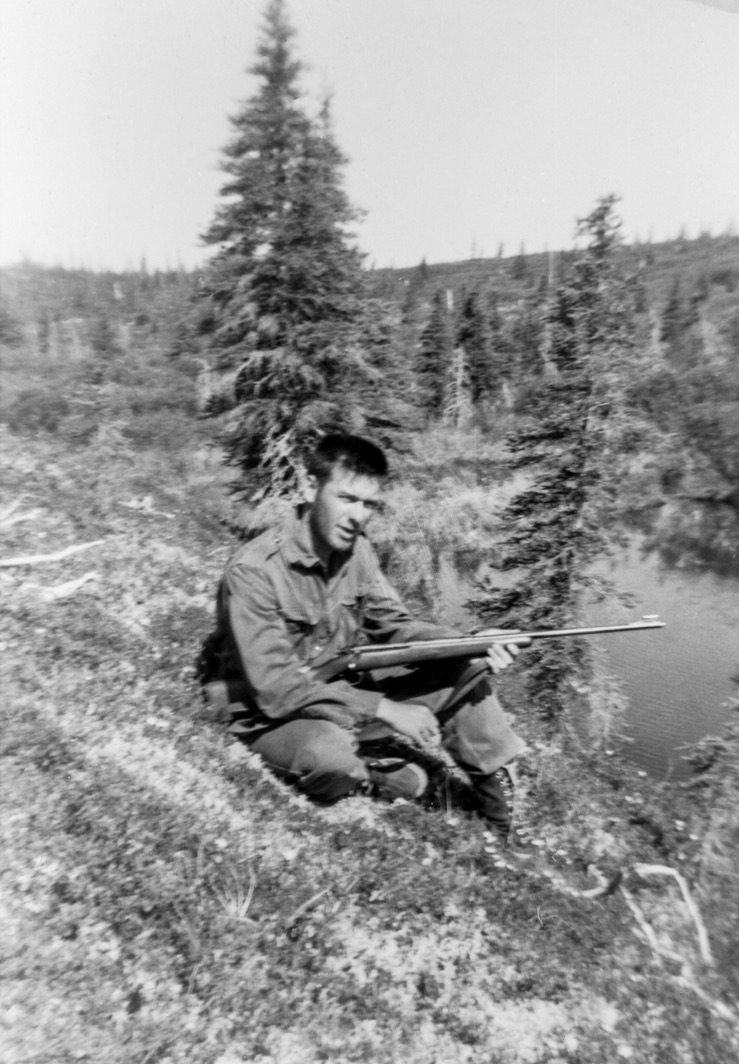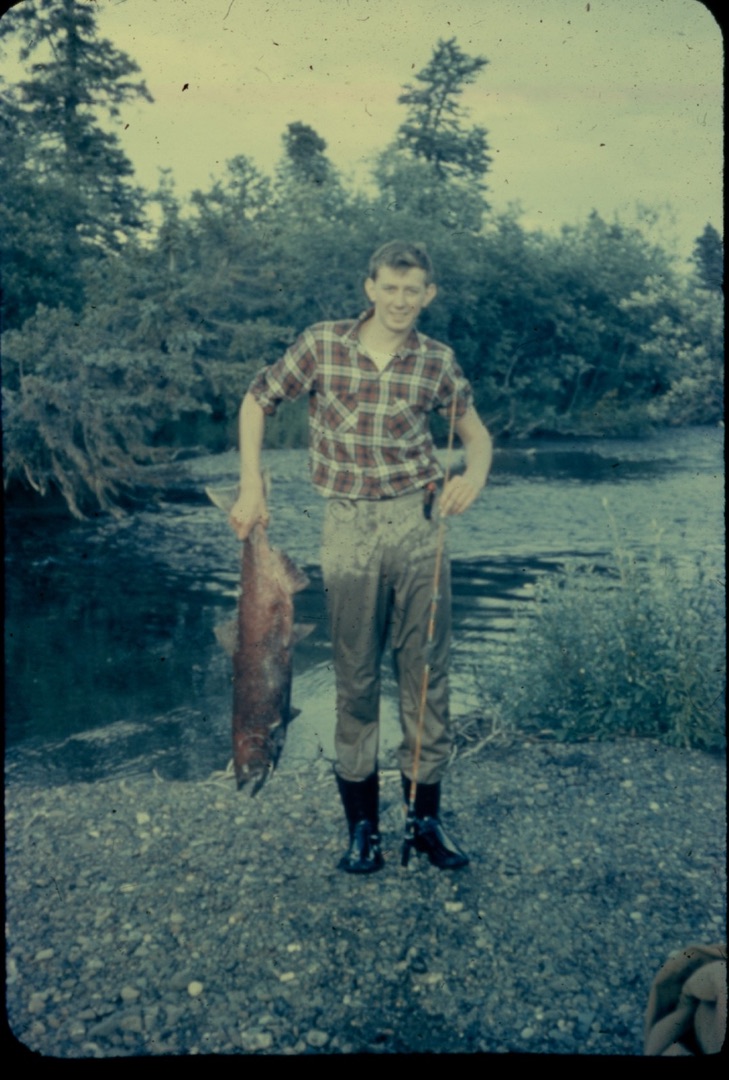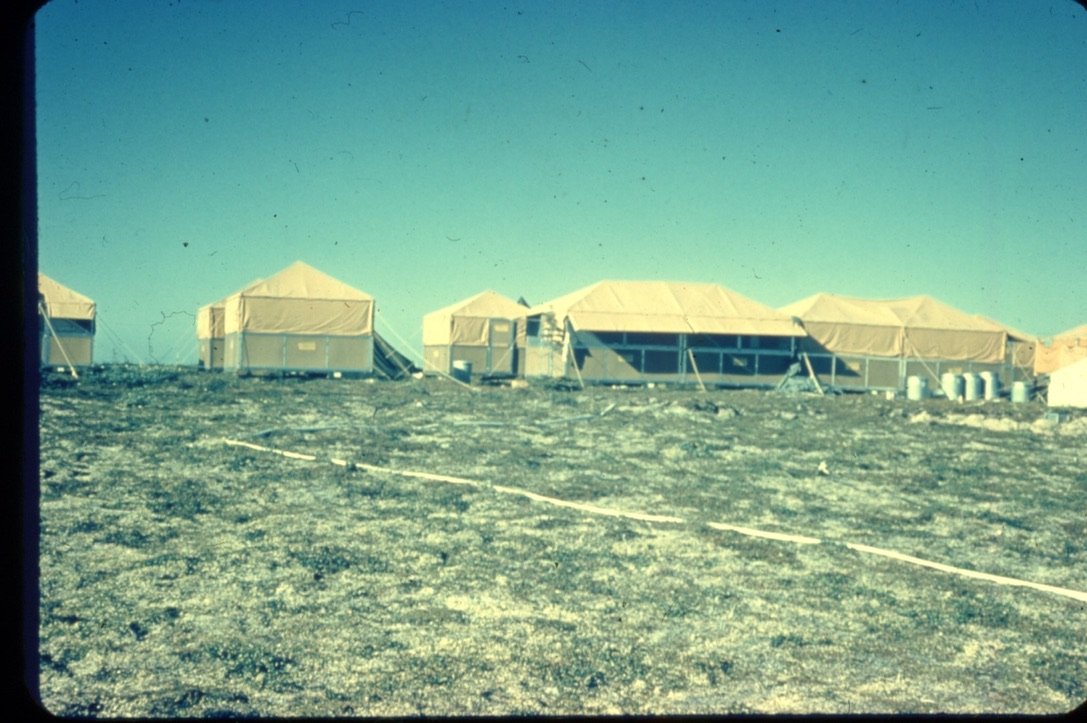EPISODE 576 : SOCKEYE SALMON or GOLD (a human dilemma )
alan skeoch
may 2,2022
WHY THE DELAY?
Sorry about the story delay. What I wrote about the Alaskan mining camp
suddenly took a twist in my mind and I decided a bigger story would
be better.
I worked in Alaska in the summer of 1959. It was a grand
adventure that I have presented in an earlier episode but the story
has unfolded into a bigger and more startling story since 1959.
A story that has only recently been resolved in favour of sockeye
salmon instead of opening what would have been the largest open
pit mine in the world. The gold and copper extraction would have lasted
for 45 years and 1,000 miners would have been hired at an average wage of
$100,000 each. The downside? The last remaining wild sockeye salmon
breeding ground would have been lost forever. A vast tract of wilderness.
This decision was made
in 2021. The fight has been going on for more than 40 years. Long after
we abandoned our mining campsite in 1959. I really believed that
big money and human greed would trump sockeye salmon. Hard to believe that
Environmentalists
and the fishermen from 30 Alaskan aboriginal tribes won the
battle. At least for now!
Caroline, our grandson Jack’s girlfriend is studying environmental science
at Queen’s University. I am writing this story for Caroline and her professors
as well as my readers. The decision to abandon the Pebble Mine project
in Alaska needs to be told to a wider audience. I still find it hard to
believe that 55 billion pounds of copper and 67 million ounces of gold
will remain buried in the Alaskan wilderness.
So give me a little slack. I need time to put this decision in readable form.
alan skeoch
may 2, 2022
POST SCRIPT: TAILING PONDS
“Scars from large mining operations are permanently etched across the landscapes of the world. The environmental damage and human health hazards that these activities create may be both severe and irreversible.
Many mining operations store enormous quantities of waste, known as tailings, onsite. After miners excavate rock, a processing plant crushes it to recover valuable minerals such as gold or copper. The leftover pulverized rock and liquid slurry become tailings, which often are acidic and contain high concentrations of arsenic, mercury and other toxic substances.
Mining companies store tailings forever, frequently behind earth-filled embankment dams. Over the past 100 years, more than 300 mine tailing dams worldwide have failed, mainly due to foundation weakening, seepage, overtopping and earthquake damage.” (Research Scientists group studying river systems)
NEXT EPISODE— THE CAMP IN 1959



